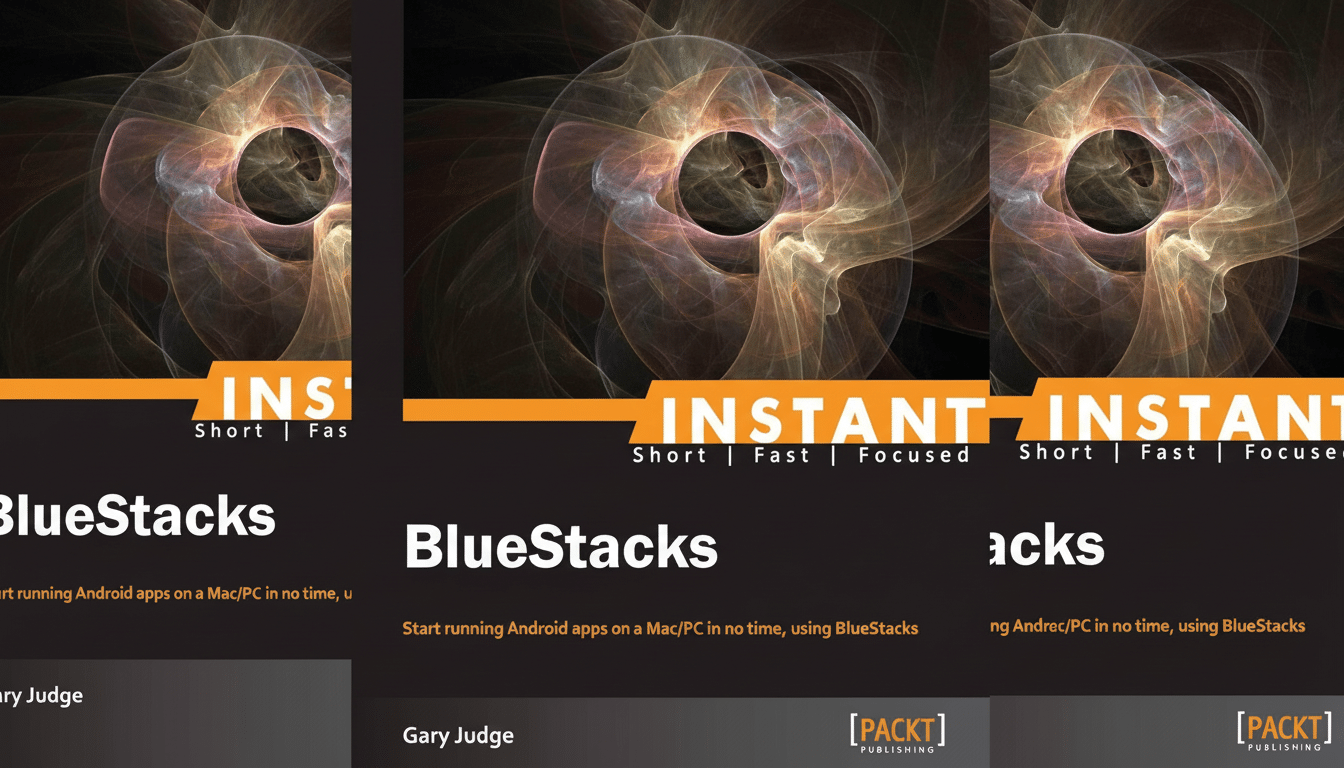I once had to balance between BlueStacks and Genymotion, or the emulator bundled with Android Studio, just to get a few phone apps running on my PC. It was always a compromise with heavy virtual machines, sluggish input and windows that never quite felt like first-class citizens. Then I tested Waydroid on Linux, and I haven’t launched an emulator ever since.
With Microsoft discontinuing Windows Subsystem for Android and a big if on when Phone Link support beyond basic mirroring will be made available on most phones, the narrow, largely mainstream path to Android apps on a PC appears to have narrowed.

ChromeOS is great, but I wanted the freedom of a normal desktop. The missing bit was delivered by Waydroid without having to carry emulator overhead.
Where Emulation Missed Out on the Desktop
With classic emulators, you’re simulating the full device — that’s simply more layers between your hardware and the app. But even with hardware acceleration, the performance tax remains tangible. Google’s own documentation for the Android Emulator says you’ll need a robust CPU, and suggests virtualization support and ample RAM headroom — wonderful if you’re testing apps, not so much for everyday use.
Consumer-oriented emulators include a gaming focus: I’d get a bundled launcher, or ads, or integrations with whatever that middle-manager at the Nexus 6’s presentation wanted me to get into (I still use my laptop for work). Windowing can sometimes be messy, input latency comes and goes, and GPU passthrough is frequently a gamble. When I need WhatsApp, Maps and a smart home client side by side on one monitor, this pain point adds up quickly.
The App That Changed Everything: Waydroid
Waydroid isn’t an emulator. What it is: it’s a full-fledged Android running in a container inside the Linux kernel, using namespaces and cgroups that make up the host system — the same ones Docker or OpenVZ use. Those containers are bound by features provided exclusively for this purpose, like binder and ashmem, which provide communication with the host system (binder) and shared memory management between containers (ashmem). With no virtual machine in the middle, apps are snappy — more like native Linux programs and less like guests peering through a keyhole.
Display and input pass through modern Linux graphics stacks with state-of-the-art Wayland compositors used by desktops such as GNOME and KDE Plasma. The result is smooth animations, low-latency touch and mouse input, and accurate per-app windows. On my AMD-filled desktop, UI fluidity is comparable to the same experience on powerful tablets, and simple games keep smooth frame rates without fan-screaming drama.
You will be prompted to select images with or without Google apps. I went with a LineageOS-based build with Play services, allowing me to drag-and-drop everyday tools onto the device from the Play Store. You can also go for an alternative route such as F-Droid or microG if you would rather have a leaner and/or de-Googled system.
In Practice: Setup, Everyday Use, and What Works Well
Setting up Waydroid is not something you’d do with a single click, but it’s not quite a weekend job either. Unofficial or official packages for Ubuntu, Fedora and Arch-based distributions get you most of the way there; it’s a few lines at the terminal to initialize. From that point on, they appear in your desktop launcher like any other app, complete with icon, taskbar entry and — yes! — resizable window.

My daily loadout consists of WhatsApp, Telegram, Google Maps, YouTube and a handful of smart home instruments. Window scaling is a delight: I can maintain Maps in a narrow strip to peek at directions while the rest of the screen is dominated by a browser; something that the web version doesn’t adapt to as easily. The clipboard shares, the keyboard shortcuts feel native, even touch on my screen comes across easily.
Waydroid’s more recent take, a containerized variant of KWin and Rootless Desktop over Mobian, is lighter (than ChromeOS’s new virtualized Android abstraction layer). On less powerful hardware, that’s the dividing line between “usable” and “effortless” — especially when you’re multitasking with a few Android windows open alongside native apps.
Limitations You Should Know Before Switching to Waydroid
The fact that Waydroid’s containerized nature means there will always be some hardware off-limits. More to the point, camera passthrough doesn’t work and GPS functionality is not exposed; Bluetooth access occurs through the host as opposed to the Android layer. That’s great for writing, media and maps browsing, not so much for video calls or pairing devices directly in Android.
Notifications do not natively show up in the Linux tray when applications are running as separate windows. There are workarounds — you can use something like KDE Connect or GNOME extensions to bridge notifications from your phone to the desktop, which in practice solved most of my alert needs. And, while AMD and Intel graphics work ‘out of the box’, NVIDIA settings might require a bit more tweaking based on your installed drivers and compositor settings.
And last but not least, a couple of banking or DRM-heavy apps might look for certain device attestation signals and refuse to run. That caveat isn’t specific to Waydroid — many emulators run into the same roadblock — but it’s something to bear in mind if you rely on such apps.
Who Should Switch to Waydroid, and Why It Truly Matters
If you’re sticking with an emulator for messaging, maps, media players and lightweight utilities, Waydroid is a speed and sanity upgrade. Developers benefit from launching instantly and iterating faster; power users cut the bullshit and get real multitasking without a VM penalty. Containers are a logical bridge between mobile and desktop worlds as software runs between the two. Linux is growing, according to trackers like StatCounter: The containerized Android layer provides a good link.
Softly killing the idea of Windows Subsystem for Android and stopping short at its own hardware tiers, ChromeOS left a niche for Waydroid to fill without much fanfare.
It provides Android apps with the dignity of native windows, the responsiveness of local code and the privacy posture that many users seek in Linux. After being stuck with it for months, I can say that I don’t miss emulators; I miss not finding Waydroid earlier.

